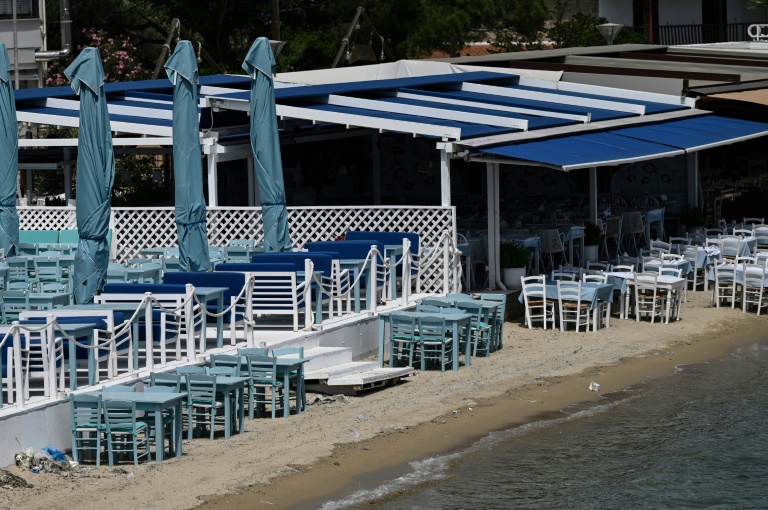Australia’s restaurants, cafes, and pubs saw a surge in footfalls this year due to an early Father’s Day. However, industry experts are of the opinion that this may be a one-off event, as consumer spending habits may be largely impacted by underlying financial pressures.
The total hospitality spending rose to a whopping 5.2% — a spike driven by families treating their fathers to meals out and picking up gifts from hardware stores and men’s clothing outlets, News.com.au reported.
Spending rose 1.2% on food and beverages, 1.4% on motor vehicles, and 0.7% on recreation, while utilities and transport fell 0.3% each, with overall spending up 3.7% year-to-August.
However, according to Commonwealth Bank transaction data, it’s too early to predict if the government’s July tax cuts will produce a sustained uplift in spending.
Commonwealth Bank Senior Economist Belinda Allen said Thursday, “It’s still probably too early to tell. July was close to flat on our data. We’re really going to need to see next month’s data to check.”
The Commonwealth Bank Household Spending Insights Index experienced an uptick in August due to Father’s Day celebrations, with a spike of 1.8% to 154.3 points. The event likely drove a modest 1.8% increase in household spending in August, according to Chief Economist Stephen Halmarick, AAP reported.
Most spending categories (10 out of 12) saw a small boost.
“An early Father’s Day boosted spending in August as consumers appear to have lifted spend on household goods, while hospitality venues also saw people open their wallets during the month,” said Halmarick. “The last time Father’s Day fell so early in the year spending retreated in September, which is worth keeping in mind as the annual spending rate still suggests a relatively weak consumer.”
The cautious spending habit of consumers was also tied to rising household prices and mortgage repayments.
Australian Restaurant & Cafe Association CEO Wes Lambert said the hospitality sector continued to face challenges with weak consumer demand and increasing operational costs, rent, utilities, and labor expenses, creating a difficult business environment.
“Many are unable to lift menu prices to cover costs due to soft consumer demand,” he said.
CreditorWatch predicts 1 in 11 hospitality businesses may fail due to challenging conditions. Industry experts expect a tough 2024, hoping for improvement in 2025 with inflation slowdown and interest rate cuts.







